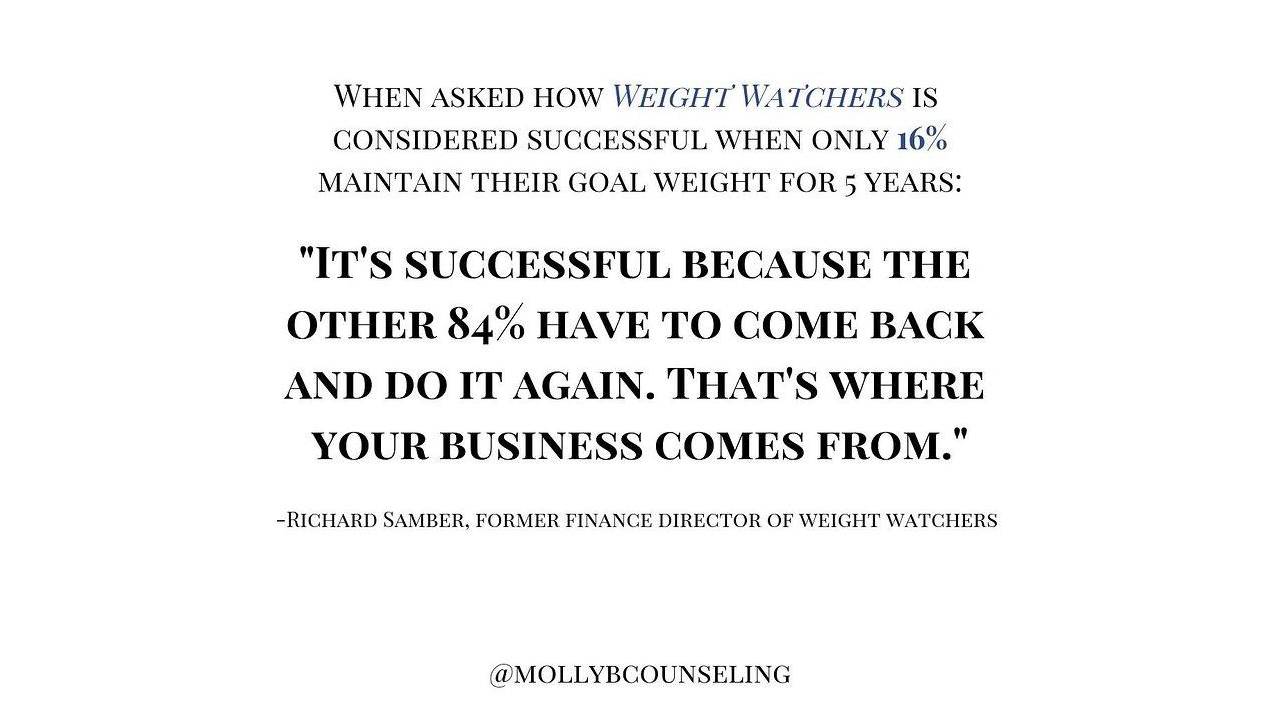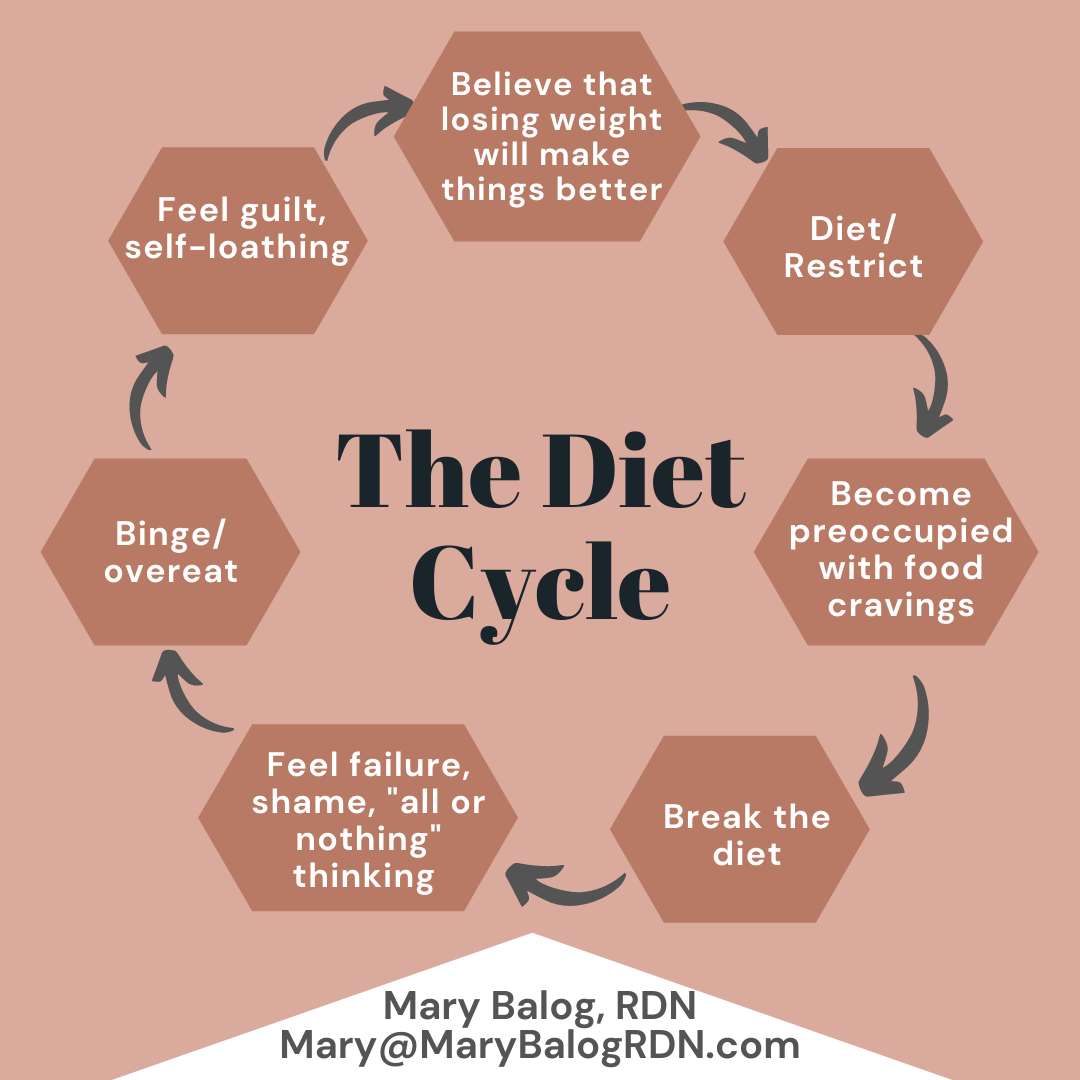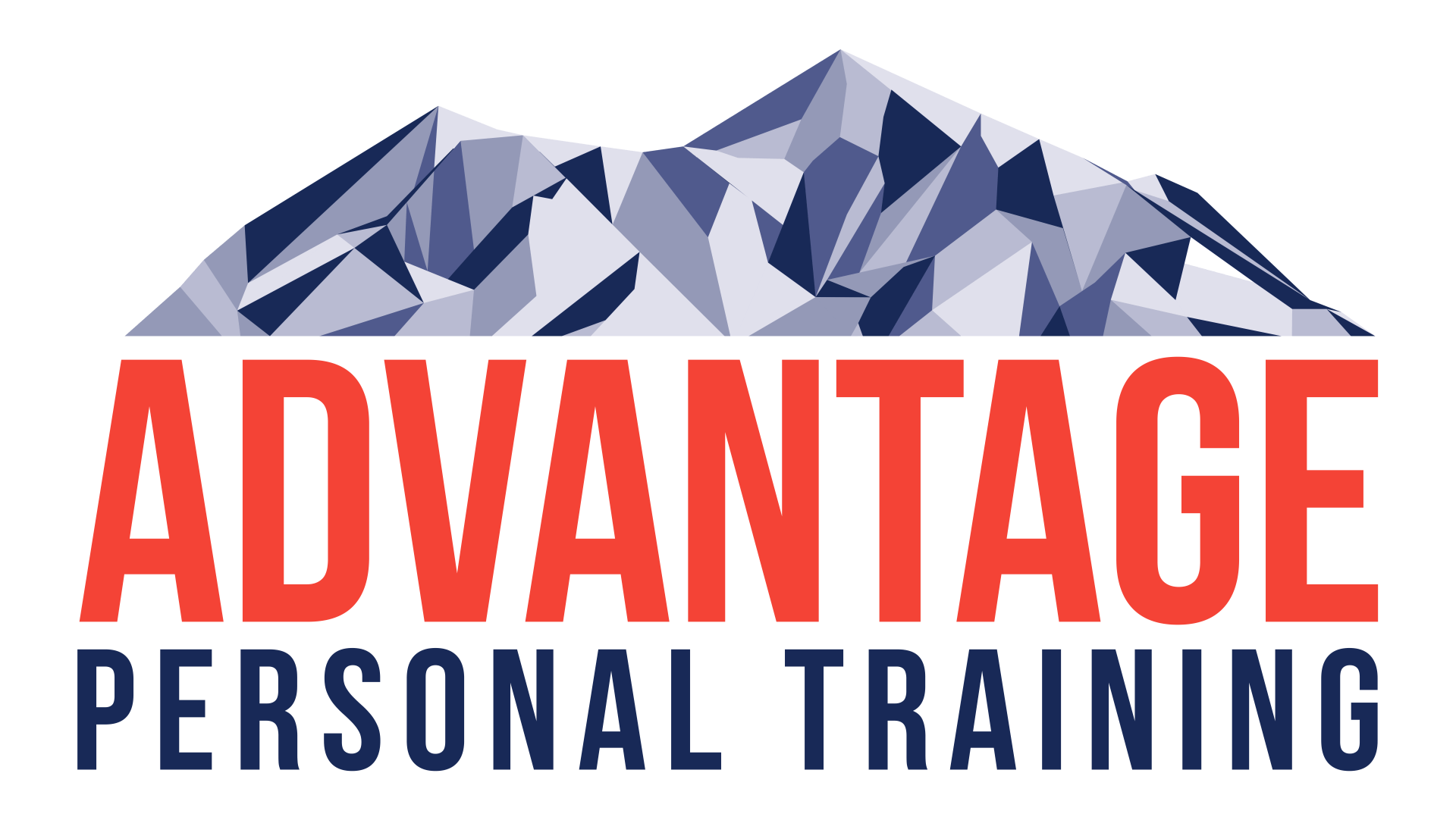Therapy Thursday: I’m in pain, should I use some ice?
I’m Vanilla Ice and as the world’s premier authority on icing, I’d like you to take a few minutes to read what my man Greg has to say.
Decades have gone by and we’ve all learned at some point in time that we should use ice to help. This is supposed to prevent swelling from getting worse and improve upon healing times. The cold, they say, would constrict all of the vessels and it would prevent excess fluid buildup around the injury site.
And why wouldn’t we want that? Swelling (edema) has a negative effect on muscle performance. Quad contractions in the presence of edema has been repeatedly shown to be inhibited. Less swelling, better muscle contraction. What else do we need to know about?
In the several last years (maybe more, I’ve only been at this since 2009) there have been a lot of internet debates over using ice immediately post injury. Is it good, is it bad, will the earth come to an end of I do or don’t ice my ankle after I roll it? If you need to do research to answer that question, your injury is likely the least of your worries.
Here is a quick and unscientific review of what happens in the stages of healing by John Miller:
- Acute- Protection phase
- This is what we’re talking about today
- Sub-acute- repair phase
- Late stage- remodeling phase
- Chronic stage- ongoing repair and remodeling
Let’s look at what occurs immediately after we suffer and injury (We can talk about the rest later). We’ll use an ankle sprain as our example:
He still looks happy, give that a few seconds.
This basketball player’s day likely just got a little bit worse. Fortunately, after reading other blogs about pain that I’ve written we know that what things look or feel like don’t necessarily equate with pain, but let’s assume in this situation that he has suffered an acute injury.
Acute inflammation can begin within seconds (up to minutes) after this injury occurs. Three things will occur:
- Increased blood flow due to dilation of the vessels.
- Increased permeability of the capillaries, allowing fluid and blood to move into the extra space
- Migration of neutrophils into the area of injury
The acute inflammation that you may have if you’ve injured tissues is your body’s normal, physiological response and includes it’s own pro and anti-inflammatory responses. Similar to a fever being your bodies attempt to rid yourself of illness, the acute inflammatory phase is your body’s attempt to begin the process. The next question you should ask yourself is, “Do I need to abruptly try to stop my body’s natural healing process?”
One study suggests that icing an acute injury lowers both pro and anti-inflammatory biomarkers as well as anabolic markers (which help tissues recover) but also increases a catabolic marker (catabolic would mean breaking down tissue). Prolonged icing also can create a situation of “backflow” of waste product back to the injured region. So we’re going to try to slow down or stop our own body’s natural healing process and get a back flow of waste product fluid in the process? Not sure that I want that in my recovery process.
In a literature review completed in 2004, the researchers compared the effect of using ice and compression on soft tissue injury healing. They concluded:
- Ice alone was better for pain after knee surgery. However swelling and range of motion were not affected
- Ice was no more effective than rehab in control of swelling, pain and range of motion
- Ice and compression were better than ice alone
- Of 8 studies that compared ice vs ice/compression, ice/compression offered little difference when compared to compression alone.
There has been some research to show that icing within the first thirty minutes post injury can improve something known as the secondary injury phenomenon (decreased overall swelling in tissues not affected by the injury). But the window of opportunity seems to be thirty minutes or less.
RICE
It is important to note that ice is rarely suggested to be used without other therapeutic options. If you’ve played sports, trained, or ever had a real injury you have heard of RICE. RICE stands for, Rest, Ice, Compression, and Elevation. Several studies looking at Ice vs Ice and compression in ACL repair patients tend to show better results in pain relief and edema control when compression is added. Other studies show that Ice alone after ACL repair didn’t help with range of motion or drainage but does seem to have a great effect on pain. Does the ice matter?
The greatest and most frustrating answer you will ever hear when studying to be a PT (and likely any other medical professional:
It Depends.
What do I tell people that I work with?
It depends on their situation
. Every individual is different and since we don’t see a ton of people in PT in the first minutes after injury, I don’t recommend ice a lot. Many or most people are surprised to hear my answer. My answer is based on the above information as well as some knowledge of the nervous system. Here it goes:
Acute injury: Ice is okay for very acute injuries but applying ice for about 10 minutes. However outside of the first half hour or so, I’m not convinced that ice has a real positive effect based upon the research. Use the Rest, Compression, and Elevation and begin to actively move the area through minimally painful ranges of motion as soon as possible.
Several weeks, months, to years’ history of pain or dysfunction: Sensory information about pain and temperature run along the same nerve tract (Spinothalamic tract if you’re interested). If you overload those fibers with temperature, they will likely feel some relief in pain as it’s signal may not be at full intensity. It’s not going to hurt you but it probably won’t have a positive physiological effect. Ice will likely give you some pain relief, but heat would also likely provide some pain relief as well.
To Ice or not to ice, you now can decide for yourself….
REFERENCES
Rice, D., Mcnair, P.J. (2010). Quadriceps arthrogenic muscle inhibition: neural mechanisms and treatment perspectives. Seminars in Arthritis and Rheumatism. 40 (3), 250-266.
Nemet, D, Mechel, Y, Bar-Sela S, Zaldivar, F, Cooper D, Eliakim, A. Effect of local cold-pack application on systemic anabolic and inflammatory response to sprint-interval training: a prospective comparative trial. Eur J Appl Physiol. 2009 (Nov); 104(4) 411-417.
Hubbard T, Denegar C. Does cryotherapy improve outcomes with soft tissue injury? J Athl Train. 2004 (Jul-Sep). 39(3): 278-279.
Merrick, M. Secondary injury after musculoskeletal trauma: A review and update. J Athl Train. 2002 (April-Jun). 37(2): 209-217.
http://www.sportsinjurybulletin.com/archive/1066-cryotherapy.htm




Advantage Personal Training is an Ann Arbor based Family Oriented Gym, focusing on the training needs of individuals, small groups and youth athletes. Meet with a results-oriented personal trainer and put yourself on the path to a more active life!
SERVICES
CONTACT INFORMATION
Hours of Operation
Mon to Fri: 6:00 AM - 8:30 PM
Sat: 8:30 AM - 12:30 PM
Sun: CLOSED
All Rights Reserved | Advantage Personal Training




